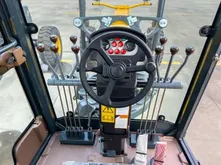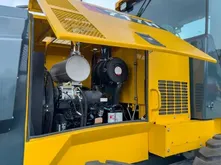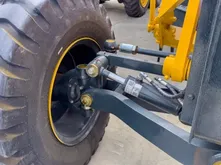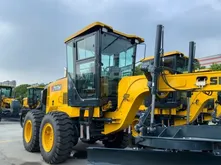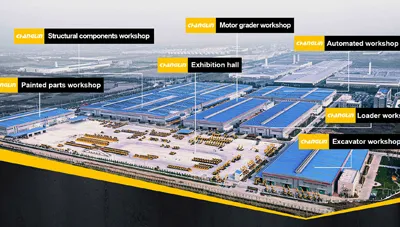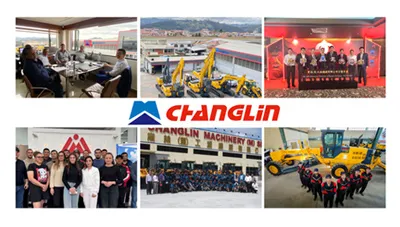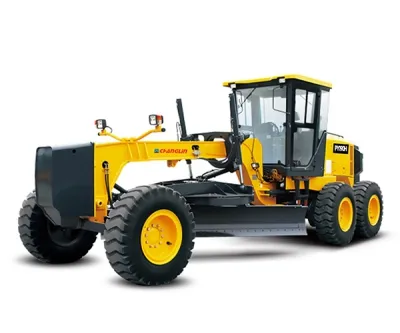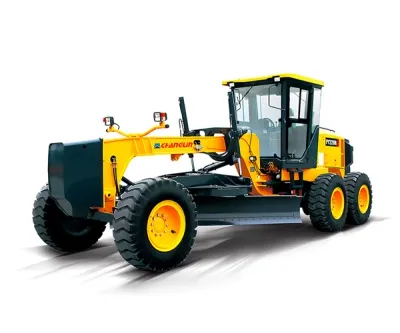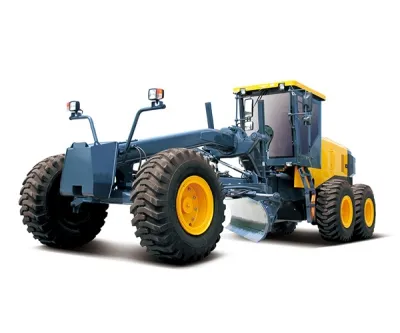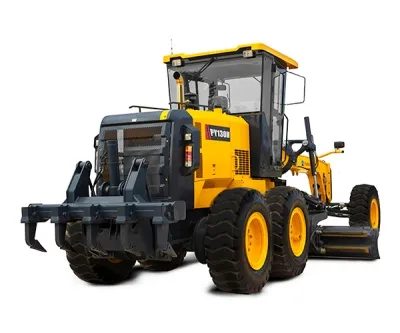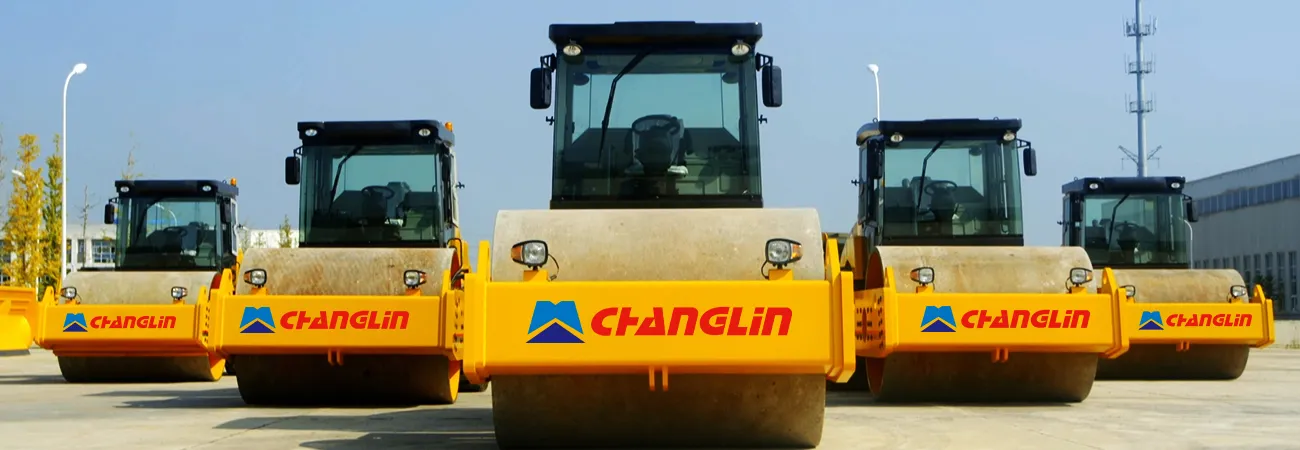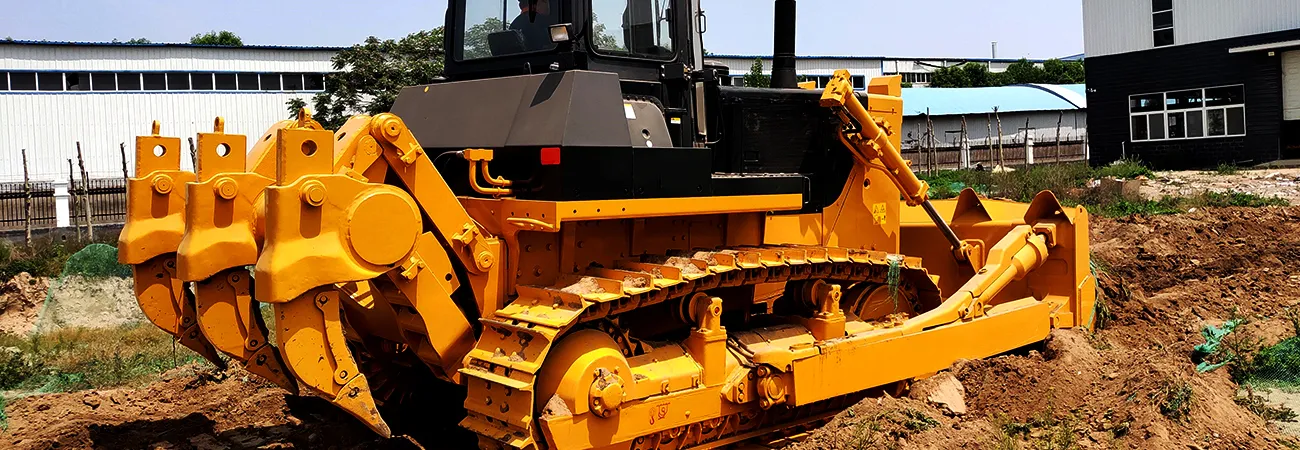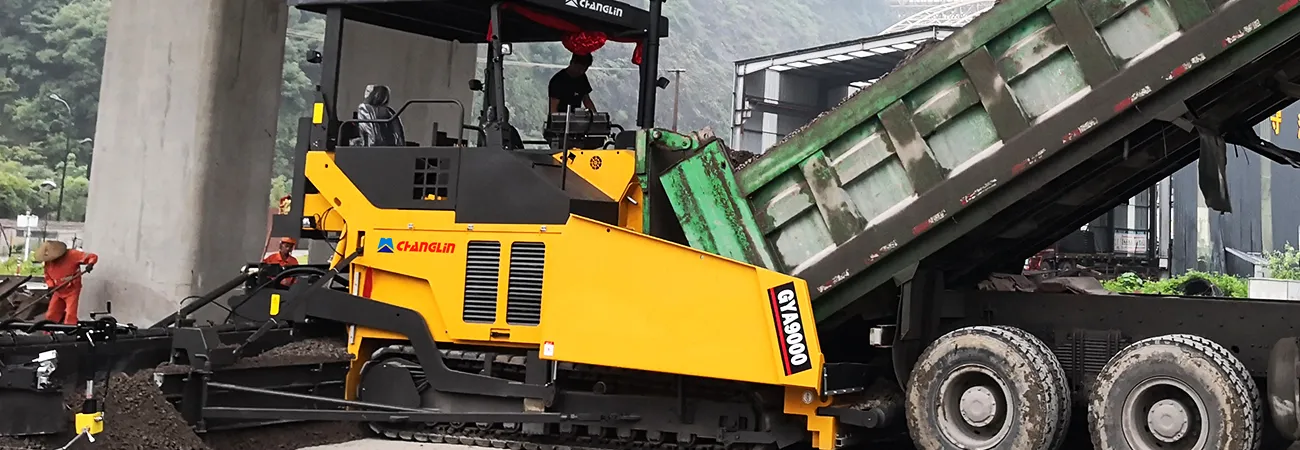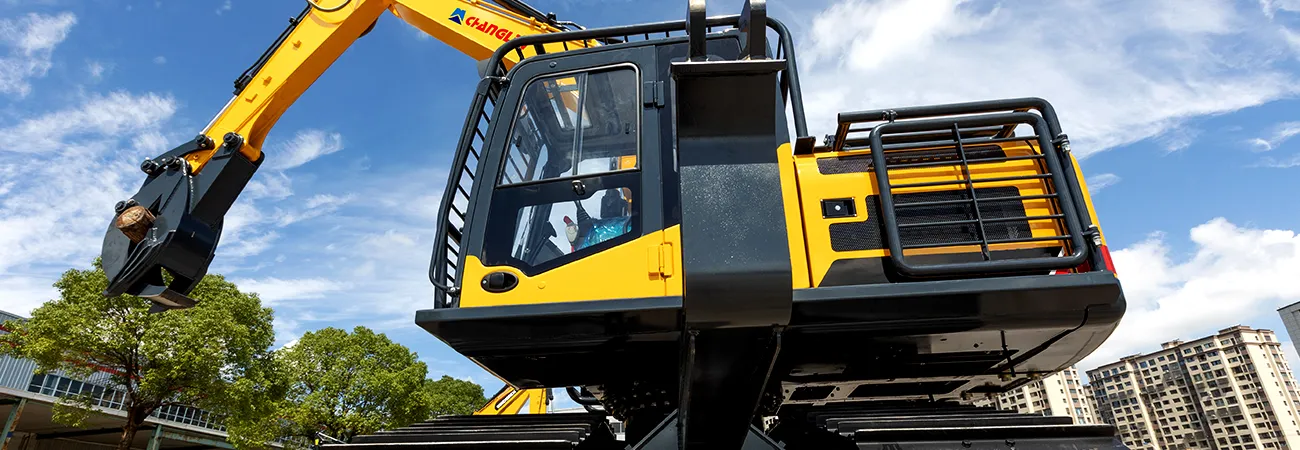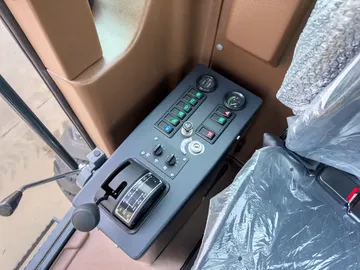
The grader is operated using a single electro-hydraulic joystick and is equipped with a power-shift transmission that includes six forward gears and three reverse gears, providing smooth, effortless control during operation.
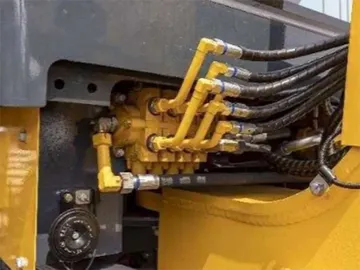
Its hydraulic system uses a single pump that distributes flow through a diverter valve to the left and right multi-way valves, with partial oil circuits merging again to minimize loss and maintain stable system pressure at 17.5 MPa.

A heavy-duty double-row roller chain design provides an average breaking strength of 26 tons, eliminating the need for tensioning and ensuring long-term durability even under extreme working conditions.

The entire working assembly is constructed with U-shaped integrated high-strength steel components, while the drive axle is the same size as those found in 180 HP models, delivering superior transmission reliability and load-bearing capacity.
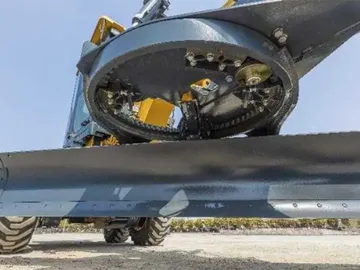
The blade offers a maximum cutting depth of 535 mm and features a wide adjustable cutting angle range of 29° to 77°, ensuring efficient soil turnover and adaptability to specialized grading techniques.
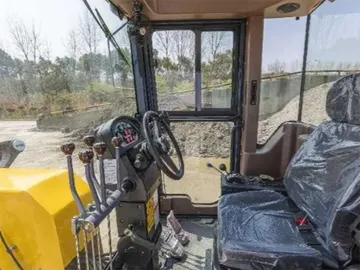
The cab offers full panoramic visibility and includes a headrest-equipped suspension seat. Optional ROPS/FOPS protection is available, along with a deluxe interior featuring MP3/FM audio, high-power air conditioning, and a USB charging port.
Overall Dimensions
- Length 8290mm
- Width 2600mm
- Height (to the top of the cab) 3465mm
- Wheel base 5780mm
- Track width 2120mm
- Min.turning radius 6.6m
Performance
- Operating weight 12000kg
- Blade length 3658mm
- Blade height 580mm
- Shovel blade thickness 20mm
- Max. lift above ground 410mm
- Max. grading depth 560mm
- Max. shoulder reach (outside of rear tires) 2000mm
Travel Speed
- Forward (1-6) 6.9/10.7/17.3/26/37.8/53.4km/h
- Reverse (1-3) 6.9/17.3/37.8km/h
Diesel Engine
- Model Dongfeng Cummins
- Type Direct injection, turbocharged, water cooling
- Rated output 97kW
- Rated speed 2200r/min
- Max. torque 560N.m@1500rpm
SINOMACH has developed a global footprint, with marketing and service systems covering over 100 countries and regions.
Subsidiaries in West Africa, India, and South Africa, a joint venture in Malaysia, with offices in Mexico, Argentina, and the Philippines.
Supplied large-scale turnkey equipment packages including excavators, loaders, bulldozers, rollers, and graders for major infrastructure projects in Africa, mining operations in South America and the CIS, highways in West Africa, and engineering projects across Central Asia.









 Length 8290 mm
Length 8290 mm  Operating weight 12000 kg
Operating weight 12000 kg  Blade length 3658 mm
Blade length 3658 mm


